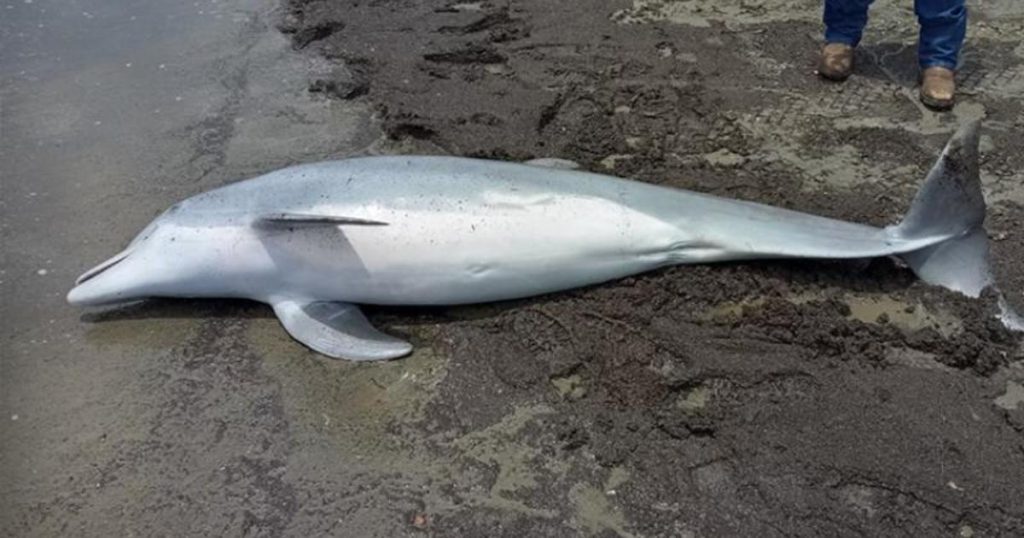Last month, a bottlenose dolphin was tragically found shot to death on a Louisiana beach, prompting authorities to offer a $20,000 reward for information that could help with their investigation. The dead dolphin was discovered on West Mae’s Beach in Cameron Parish, with multiple bullets found lodged in its brain, spinal cord, and heart. The animal was found on March 13 by a member of the public, who reported it to the Southeast Marine Mammal Stranding Hotline. An animal autopsy conducted by the Audubon Aquarium Rescue in New Orleans determined that the dolphin died from the trauma it suffered at or near the time of death. NOAA has emphasized that harassing, harming, killing, or feeding wild dolphins is illegal under the Marine Mammal Protection Act, with violations carrying punishments of up to a year in jail and fines up to $100,000.
The public is urged to provide any information they may have about the incident to the NOAA Enforcement Hotline at 800-853-1964. Tips can be left anonymously, but for the $20,000 reward to be awarded for information leading to a criminal conviction, the informant must leave their name and contact information. Additionally, reports of injured marine animals can be directed to the Southeast Marine Mammal Stranding Hotline. West Mae’s Beach is located on Barataria Bay, the largest estuary in Louisiana, where bottlenose dolphins reside year-round. Unfortunately, the population of dolphins in the bay was significantly impacted by the 2010 Deepwater Horizon oil spill, with a 45% decline seen, leading to reproductive issues and diseases caused by exposure to the oil.
In the Gulf of Mexico, there are approximately 31 bay, sound, and estuary (BSE) dolphin populations, with the Barataria Bay population being the largest. However, as of 2019, there are only an estimated 2,000 dolphins in the bay, highlighting the threat faced by this species. The population is also at risk due to the Mid-Barataria Sediment Diversion project, which aims to redirect water and sediment from the Mississippi River to rebuild eroding marshland. This influx of freshwater is negatively impacting the saltwater habitat of the dolphins, resulting in over 500 dolphin deaths within the first year of the project, according to the Marine Mammal Commission. The protection and preservation of these dolphin populations are crucial for the overall health of the ecosystem and the biodiversity of the region.
The impact of human activities on wildlife and marine life is a growing concern, with instances of deliberate harm or killings of animals worsening the threats faced by vulnerable species. Collaborative efforts between law enforcement, wildlife conservation organizations, and the public are essential in identifying and prosecuting individuals responsible for such acts of cruelty. The tragic loss of the bottlenose dolphin in Louisiana underscores the urgent need for stricter enforcement of wildlife protection laws and increased public awareness of the importance of respecting and preserving the natural environment. By promoting responsible behavior and reporting illegal activities, individuals can contribute to safeguarding the future of marine ecosystems and the diverse species that depend on them for survival.


